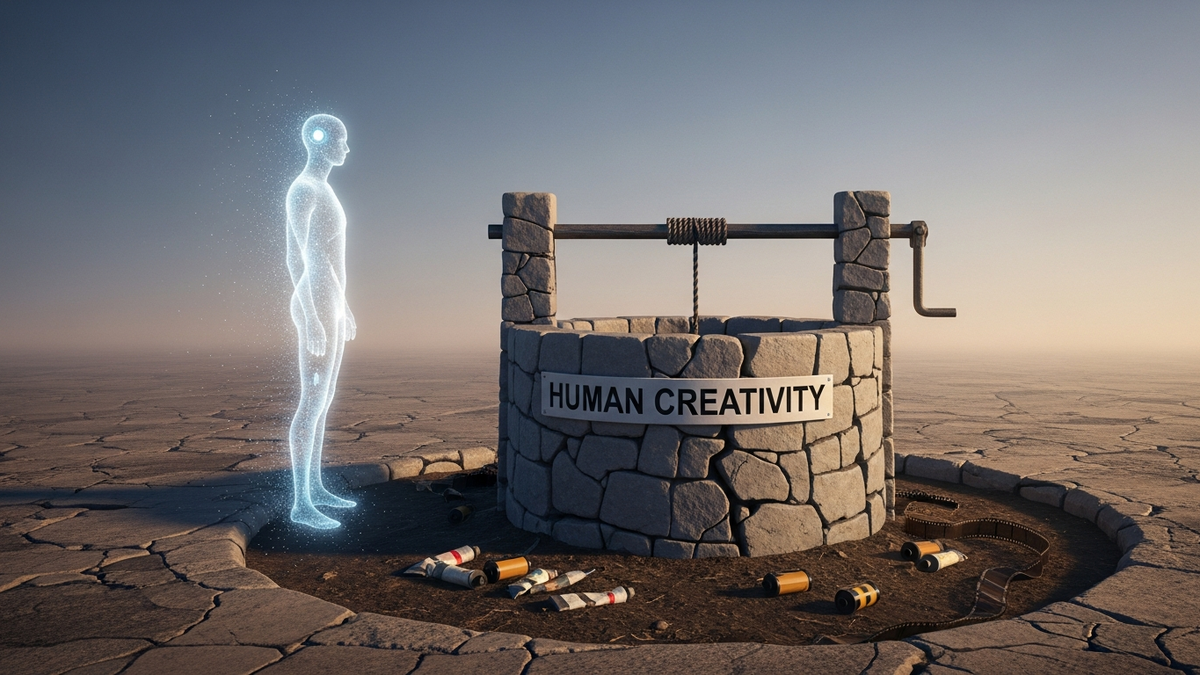AI can’t live off free art forever


Every dataset that powers machine intelligence is built on human creativity. To treat that work as free fuel is to erode the very culture that makes intelligence, artificial or otherwise, worth having
Australia isn’t known for building world-leading artificial intelligence systems. But the island nation might just become the moral compass for how the rest of the democratic world approaches them. Last week, Australia took a stand on what may become the defining issue of the AI age: how machines learn, and at whose expense.
The story begins with a think tank most people barely know: Australia’s Productivity Commission. In August, it released a dense report titled ‘Harnessing Data and Digital Technology’. Buried in it was a radical idea to give AI companies a free pass to mine copyrighted content.

The commission called it a “text and data mining exception,” which simply means that books, journalism, songs, and art could be scraped to train AI models without asking permission or paying for it.
The commission’s reasoning sounded pragmatic: AI needs tomes of data to improve, and removing copyright barriers were aimed at helping the island nation catch up in the global tech race. But that logic misses a moral, and an economic, truth that AI can’t live off free art forever.
Every dataset that powers machine intelligence is built on human creativity. To treat that work as free fuel is to erode the very culture that makes intelligence, artificial or otherwise, worth having.
Predictably, the reaction was fierce. Authors, artists, and news organisations accused the government of handing their life’s work to Big Tech for nothing. The outrage reached Canberra, and Attorney General Michelle Rowland drew a line in the sand. “Australian creatives are not only world class — they are the lifeblood of Australian culture,” she said. “Technology’s advance must not come at their expense.”
With that, the government scrapped the proposal and set up the Copyright and AI Reference Group (CAIRG), tasked with designing new licensing models to ensure creators are paid when their work trains AI. A technical tweak on paper, but a seismic shift on the ground.
Australia has become the first major democracy to say, unequivocally, that human creativity is not public property just because it’s online. It’s a stance that will reverberate far beyond its borders. World democracies must take a stance on how AI companies can train their models using “text and data” from copyrighted material.
If AI systems depend on human-generated content, who controls that input, and how are the profits shared between parties?
Data is critical to AI, and restricting access can slow innovation. And today’s AI models have already consumed most of the internet’s text, art, and music. What’s left are the works of art and literature that are yet to be produced. It is high time that governments around the world wake up and put up a working mechanism in place where human creativity is fairly compensated by AI companies that unethically scrape the web to train their AI models.
By rejecting unrestricted scraping, Australia forces AI companies to grow up. If they want high-quality, up-to-date data, they’ll have to negotiate, license, and pay. That’s not a roadblock, but the next stage of evolution: a shift from extraction to cooperation.
The AI industry stands at a crossroads. It can keep hoovering up culture in a legal grey zone, inviting lawsuits and public distrust, or it can build something sustainable through an ecosystem where innovation is built on consent and compensation.
Australia’s move offers a blueprint for other democracies to follow. It shows that protecting creators isn’t anti-innovation. It’s how innovation earns legitimacy. Ultimately, the future of AI depends on not just processing power, but human creative input that enable machines to learn. And no matter how clever the machines get, they can’t live off free art forever.
Published – November 07, 2025 08:00 am IST




